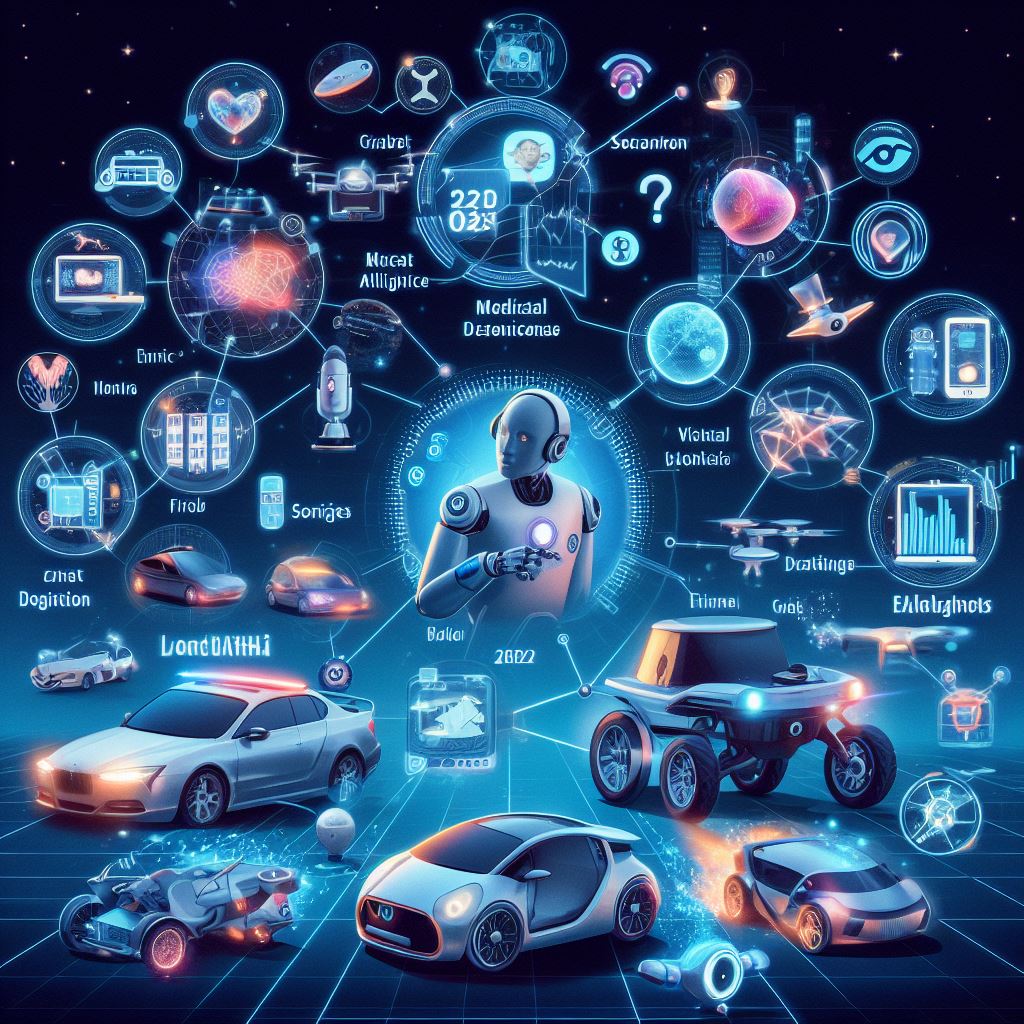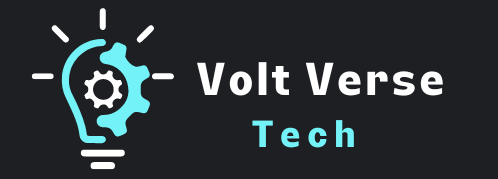Artificial intelligence technologies have witnessed unprecedented growth in recent years. As organizations and researchers strive to push the boundaries of what’s possible, the world of AI continues to evolve at a rapid pace. In this article, we’ll explore the top 10 artificial intelligence technologies, highlighting the latest advancements in the field. From natural language processing to computer vision, these innovations promise to reshape our world. Join us on this journey to discover the future of AI.
Read More about AI : The Magic of AI: Decoding ‘How AI Works
Table of Contents
Artificial Intelligence Technologies: Breaking New Ground
Artificial Intelligence (AI) is a dynamic field that continually introduces novel approaches and technologies. To keep up with the latest developments, it’s crucial to stay informed about the groundbreaking innovations in AI. Below, we present the top 10 AI technologies that are shaping the future:

Artificial Intelligence Technologies and Their Applications :
| Technology | Description | Applications |
|---|---|---|
| Natural Language Processing (NLP) | Interaction between humans and computers using natural language. | Chatbots, virtual assistants, sentiment analysis, language translation. |
| Computer Vision | Interpretation and understanding of the visual world. | Facial recognition, autonomous vehicles, medical image analysis. |
| Machine Learning | Algorithms enabling computers to learn from data. | Recommendation systems, predictive analytics, fraud detection. |
| Deep Learning | Neural networks with multiple layers for complex tasks. | Image and speech recognition, natural language processing. |
| Reinforcement Learning | Agent learns to interact with an environment to maximize rewards. | Game playing, robotics, decision-making systems. |
| Generative Adversarial Networks (GANs) | Two networks creating or detecting fake data. | Image generation, style transfer, data augmentation. |
| AI in Healthcare | Applications in medical imaging, drug discovery, patient data analysis. | Early disease diagnosis, drug development, personalized treatment plans. |
| AI in Finance | Risk assessment, fraud detection, algorithmic trading. | Fraud prevention, financial analysis, automated trading strategies. |
| AI in Retail | Customer recommendation systems, inventory management, supply chain optimization. | Improved customer experience, inventory management, demand forecasting. |
| AI in Agriculture | Precision agriculture, crop monitoring, pest control. | Better crop yields, reduced resource usage, sustainable farming. |
Natural Language Processing (NLP):

NLP is a subfield of AI that focuses on the interaction between humans and computers using natural language. It enables machines to understand, interpret, and generate human language.
- Use Cases: NLP is employed in chatbots, virtual assistants, sentiment analysis, language translation, and more.
- Impact: Improved human-computer communication, enhanced customer service, and automation of language-related tasks.
Computer Vision:
Computer vision is the technology that enables computers to interpret and understand the visual world. It involves the analysis and extraction of information from images and videos.
- Use Cases: Computer vision is applied in facial recognition, autonomous vehicles, medical image analysis, and object detection.
- Impact: Enhanced image and video analysis, increased safety in autonomous systems, and medical diagnosis support.
Machine Learning:
Machine learning is a subset of AI that focuses on the development of algorithms and models that allow computers to learn from data and make predictions or decisions without explicit programming.
- Use Cases: Machine learning is used in recommendation systems, predictive analytics, fraud detection, and more.
- Impact: Improved decision-making, personalized recommendations, and efficient data analysis.
Deep Learning:
Deep learning is a subset of machine learning that utilizes neural networks with multiple layers to solve complex problems. It excels in tasks requiring vast amounts of data and computation.
- Use Cases: Deep learning powers image and speech recognition, natural language processing, and autonomous systems.
- Impact: State-of-the-art accuracy in various AI applications, including self-driving cars and image classification.
Reinforcement Learning:
Reinforcement learning is a machine learning paradigm where an agent learns how to interact with an environment to maximize a reward signal.
- Use Cases: Reinforcement learning is crucial in game playing, robotics, and decision-making systems.
- Impact: Advancements in autonomous robotics and optimizing complex systems.
Generative Adversarial Networks (GANs):
GANs consist of two neural networks, a generator, and a discriminator, that work in opposition to create or detect fake data.
- Use Cases: GANs are used in image generation, style transfer, and data augmentation.
- Impact: Creativity in content generation, artistic applications, and data synthesis.
AI in Healthcare:

AI is revolutionizing healthcare with applications in medical imaging, drug discovery, and patient data analysis.
- Use Cases: AI aids in early disease diagnosis, drug development, and personalized treatment plans.
- Impact: Improved patient care, faster drug discovery, and reduced healthcare costs.
AI in Finance:
AI technologies are employed in financial institutions for risk assessment, fraud detection, and algorithmic trading.
- Use Cases: AI enhances fraud prevention, financial analysis, and automated trading strategies.
- Impact: Enhanced financial security, more efficient trading, and better investment decisions.
AI in Retail:
AI transforms the retail industry through customer recommendation systems, inventory management, and supply chain optimization.
- Use Cases: AI improves customer experience, inventory management, and demand forecasting.
- Impact: Increased sales, reduced costs, and improved customer satisfaction.
AI in Agriculture:
AI is making agriculture smarter with precision agriculture techniques, crop monitoring, and pest control.
- Use Cases: AI enables better crop yields, reduced resource usage, and sustainable farming practices.
- Impact: Increased agricultural efficiency, reduced environmental impact, and global food security.

Read More about Artificial Intelligence Technologies :
Conclusion
Artificial intelligence technologies are advancing at an astonishing rate, creating opportunities and challenges across various industries. Keeping up with these innovations is essential for staying competitive in the ever-changing landscape of AI. From NLP and computer vision to machine learning and deep learning, the top 10 AI technologies highlighted in this article represent the vanguard of the AI field. As these technologies continue to mature, their impact on society will be profound, reshaping the way we live, work, and interact with the world. Stay tuned for more exciting developments in AI as it continues to revolutionize our lives.
FAQs: The Latest Developments in Artificial Intelligence
Q1: What is the latest development in AI?
A: The latest developments in AI encompass a wide range of technologies and applications. Some notable advancements include natural language processing (NLP), deep learning, reinforcement learning, and the growing role of AI in healthcare, finance, and agriculture.
Q2: What is the latest AI development in 2023?
A: As of 2023, the latest AI developments are continually evolving. Some notable trends include the increased use of AI in autonomous systems, enhanced human-computer interaction through NLP and computer vision, and advancements in healthcare AI, such as early disease diagnosis and personalized treatment plans.
Q3: What is the new invention in artificial intelligence?
A: New inventions in artificial intelligence are emerging frequently. One of the exciting developments is the growing use of Generative Adversarial Networks (GANs) for creative content generation, style transfer, and data augmentation. Additionally, AI-driven breakthroughs in various industries, like autonomous vehicles and advanced robotics, are considered as new inventions in AI.
Q4: What is the most advanced AI right now?
A: The most advanced AI technologies right now include deep learning models like GPT-4 and state-of-the-art computer vision systems, such as those used in autonomous vehicles. Cutting-edge applications like healthcare AI for early disease detection and drug discovery are also at the forefront of AI advancements.
Q5: What is the hottest topic in AI?
A: The hottest topic in AI varies over time, but as of 2023, areas like AI ethics, explainability, and fairness are receiving significant attention. Conversational AI, reinforcement learning for robotics, and AI in healthcare are also trending topics, as they hold the potential to transform various aspects of our lives and industries.

Nouman Satti is a tech visionary on a mission to demystify the world of AI at Volt Verse Tech. With a passion for innovation and a knack for translating complex concepts into simple, actionable insights, Nouman is your guide to navigating the ‘nice’ side of AI. From neural networks to the latest breakthroughs, he’s your trusted source for all things tech. Join him on a journey into the future of artificial intelligence, one insightful article at a time.

8 thoughts on “AI Trends to Watch in 2023: Top 10 Artificial Intelligence Technologies”